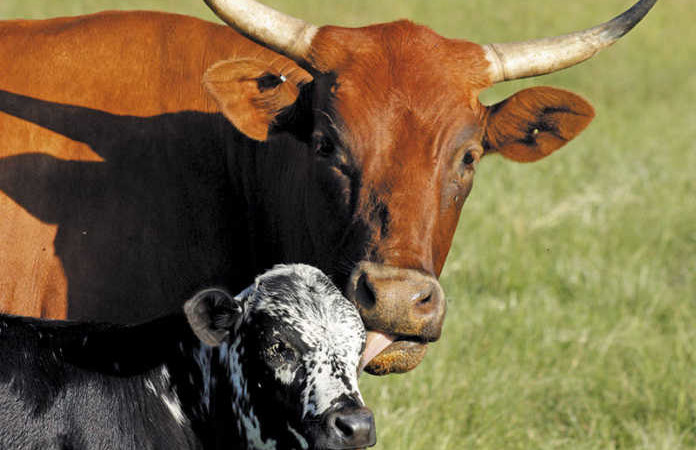

Beef cattle production is certainly a challenging undertaking, especially for beginners, perhaps the reason why many people go for dairy farming, which they consider easy as they can readily learn from other farmers. Beef cattle production too requires good knowledge and expertise.
There are two main types of beef production enterprises to engage in. First is the production of weaner calves for sale and second, fattening young stock for slaughter.
The choice depends on the resources at your disposal such as land size and amount of financial capital as well as proximity to the market.
A beef farmer can keep either improved local cattle breed or purebred beef cattle of exotic lineage. It is wise to start with the improved animals and breed up through high-quality bulls.
Local beef animals take less capital, are readily available, mistakes done are less costly, need less experience and training.
As you breed upwards, you gain knowledge and experience on how to better handle your higher potential stock at a time when they require intense management skills.
When grading up, a farmer should not be afraid to invest in quality bulls with data on heritable traits of economic importance such as birth weights or weaning weight.
Other important considerations regarding breeds are ease of calving, heat and humidity tolerance, market acceptance, growth rate and carcass quality.
Local breeds to consider are the Boran and Sahiwal, which are well-adapted to most areas, especially the Arid and Semi-arid regions where beef farming is the main economic activity.Such breeds can be crossed with Hereford or Charolais.
Producers will need to decide between purebred and crossbred cattle. It is important to note that crossbred cattle usually perform better than purebreds.
Do not begin stocking your farm before having a feeding regime. A good feeding regime should be pasture-based, but balanced in terms of nutrient provision. It is always good to grow you own pasture.
Don’t try to produce pastures on poor land with poor fertility as it won’t pay off. Mowing the pasture lands will be helpful as i eliminates weeds while allowing new pastures to grow.
Incase of Hay, it is very crucial to determine its quality by taking a sample to the lab for analysis and supplement accordingly, but care should be taken to avoid grain overload in the supplementary ration as this will cause nutritional disorders.
It is advisable to buy feeds by the truckload instead of in sacks. Monitor the weight gains of your herd by weighing the animals regularly.
For instance, to end up with a 600kg grass-fed steer in two years, the animals will need to gain about 750g per day to meet the challenge.
Be truthful with your vet when he or she asks questions about your management practices to get the best healthcare for your animals.
Vaccinate your cattle as recommended as this is key to prudent disease control. In the long run, it will cost you dearly to treat conditions that might have been avoided through vaccination at low cost.
Observe your cattle frequently and closely to be able to detect ill-health and attend to injuries and disease conditions promptly.
When dealing with death, do not wait until the umpteenth animal is lost to have a post-mortem performed. Track down the cause of death as soon as possible with the help of your vet.
Parasites are thankless thieves, therefore, de-worm your cattle regularly and control ticks and other harmful organisms by applying Acaricide regularly.
Try to identify plants that are toxic to animals to minimise cases of deaths due to fodder poisoning
A good beef farmer is perpetually seeking for knowledge. Make visits and discuss with successful beef producers, extension livestock specialists and research institutes.
 Contact Jaguza Support
Contact Jaguza Support